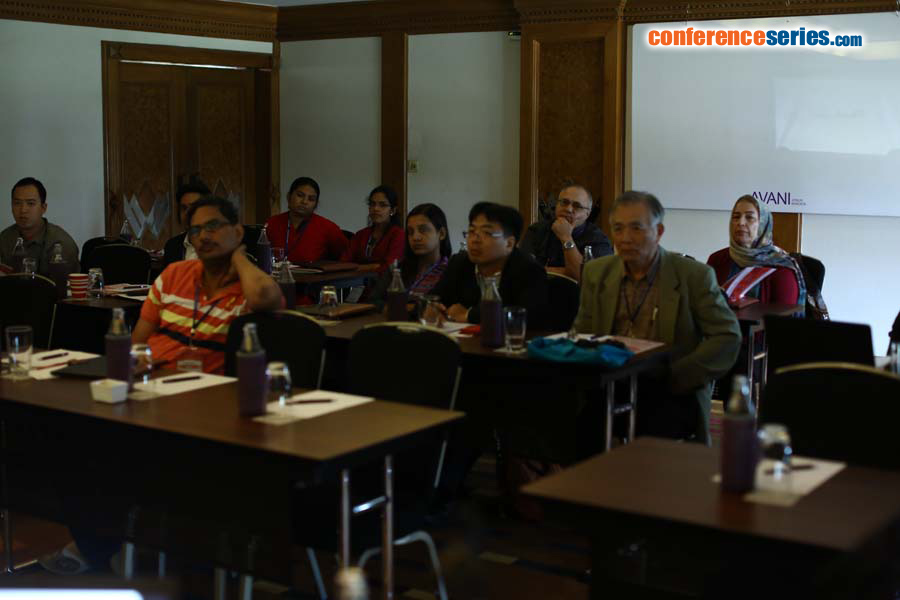
Zahra Fakhroueian
University of Tehran, Iran
Title: Formulation of Nanocomposite drug containing fine ZnO Q-dots, and consideration of invitro cytotoxity evaluation of mouth KB44, breast MCF7, colon HT29, and HeLa Cancer Cell Lines, and invivo mouse ear swelling tests
Biography
Biography: Zahra Fakhroueian
Abstract
Formulation of significant nanocomposite derived from fine porous ZnO Q-dots could be generated strong potential medical applications in cancer theraphy. In the present research, a typical zinc oxide quantum dots nanoparticles (QD NPs) was synthesized by sol-gel hydrothermal process, fast cold quenching and surface functionalization methods in order to obtain fine (1–3 nm) ZnO quantum dot nanoparticles due to obtaining special and energetic hydrophilic nanosurface including electron-hole pairs, network and crystal defects, key role of ROS and the presence of oxygen vacancies on its surface in trapping states of ZnO NPs semiconductor. ZnO/ PVP nanopolymer, Non 9- EO as wetting and diffusion agent, PEG bonding material, and typical nonionic surfactant as water/oil type emulsifier and stabilizer were used in this nanoformulation. The synergism effect clearly was observed between the synthezied fine ZnO QDs NPs conjugated with nanopolymer and effective factors through water-based nanofluid. The nanoproduct was characterized by TEM, SEM, FTIR, DLS, PL, positive zeta potential, wide bandgap energy (5.32 eV), and UV-Vis blue shift spectroscopy. The cytotoxic effects on growth of the four cancer cell lines were evaluated by MTT assay. The IC50 (ng/ml) value of KB44 cells (6.50), MCF-7 cells (7.00), HT29 cells (12.50), and Hela cells (15.00) were detected after 72 h of treatment with ZnO Q-dots nanoformulation. The results obtained on four cancer cells suggested that it can inhibit the growth and proliferation of these current cancer cells, while leaving normal and standard such as MDBK (15.42 ng/ml) and HFF2 (28.88 ng/ml) cells unaffected. Strong diffusion ability of fine ZnO (QD NPs) with small size and large surface area, electrostatic forces interaction due to formation of high wider band gap energy, hydrogen bonding bridges towards tumor cell membranes are certainly very significant in mechanisem and also suitable for biological applications. It was also considerd successful skin sensitization tests on mice by MEST ( Mouse Ear Swelling Test) measurment during 12 days.
Speaker Presentations
Speaker PPTs Click Here

